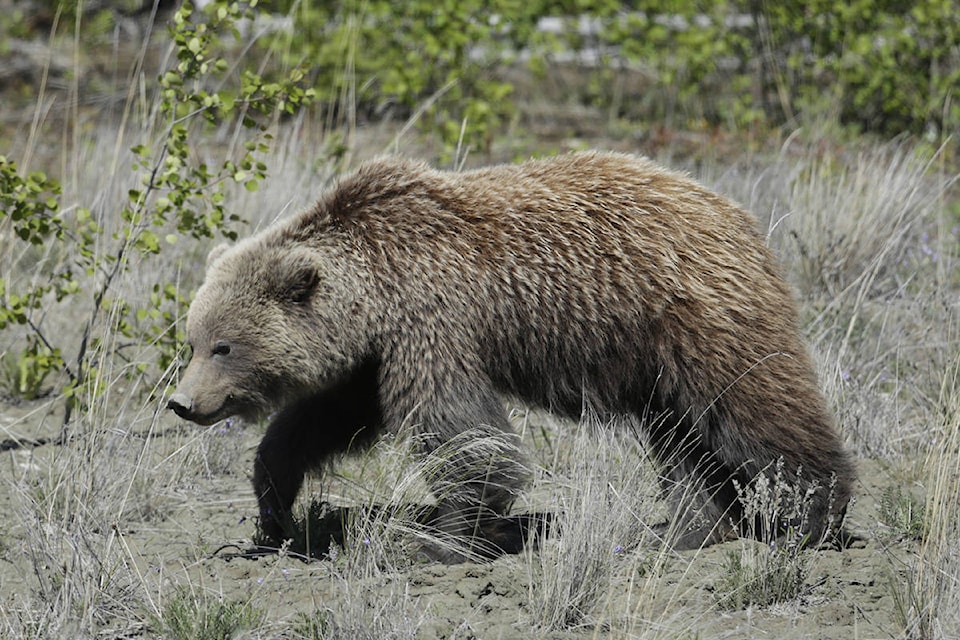Fifty-five bears have been killed in the Yukon this year as of Aug 29, according to Environment Yukon, putting the territory well on pace to meet, or break, the record for most number of bears killed in a season.
“We’re not sure exactly what’s causing it … but it’s just one of these odd years where there’s a high number of conflicts for whatever reason,” Human-Wildlife Conflict Officer Aaron Koss-Young said Tuesday.
So far, about 50 per cent of the bears killed have been shot by conservation officers while the other half were shot by citizens in self-defence, Koss-Young said. Most recently, two black bears were killed in the Dawson area — one in Eagle Plains and one in Dawson City itself — and another a black bear and a grizzly were killed in Haines Junction. In the Dawson cases, both bears were getting into garbage, and one of them had already been translocated earlier in the summer.
The record for the most bears killed in a season, set in 2012, is 61. With about three months left in the 2017 season before black bears start to hibernate, Koss-Young said the Yukon is “nowhere near out of the woods yet” — if anything, human-bear conflicts tend to increase this time of year due to hunting season and hunters not storing meat or getting rid of bones and scraps properly.
“(If) bears are aggressive or perceived as a safety threat to hunters, they’re quite often shot in self-defence, so we end up seeing a spike in those numbers come fall here,” he said, adding that seriously “food-stressed” bears will also stay out longer as they try to prepare for hibernation and can get into trouble well into November.
Unfortunately, relocating a problematic bear isn’t always practical or successful.
“The public really is unaware… of the great extent conservation officers go to try to (avoid euthanasia),” Koss-Young said, explaining that officers will do aversive conditioning with bears to try to keep them from getting into conflicts as well as work with and try to educate locals on how to avoid attracting bears.
“Quite often, if a trap is set and a bear isn’t seriously food-conditioned already and a serious public safety issue, then we do go through a lot of efforts to capture these bears, we mark them with ear tags and we do translocate them 100 kilometres or so away from the nearest community and release them,” he said.
The success rate of relocations depends on the area; around Dawson, about two-thirds of relocated bears end up staying away from further conflicts, Koss-Young said, but around Whitehorse, relocations don’t work nearly as well due to the higher population density.
“There’s not really anywhere we can properly translocate a bear given the means we have,” he said. “We don’t have… any helicopter transportation budget for that matter, so trying to translocate them 100 kilometres away from people is not an option for us. We try to do it along highway corridors and such, that we can access by vehicle. Again, it’s really hard to get them far enough away that they don’t end up getting into conflict again.”
Relocations are costly and time-consuming, Koss-Young added, but is always the preferred choice of conservation officers.
“The public’s probably not aware, but we have probably translocated about half … as many bears as we’ve had to kill this year, so there’s a great number of bears we have saved, in that sense,” he said. “We’ve given them a second chance at life by translocating them.”
Contact Jackie Hong at jackie.hong@yukon-news.com
